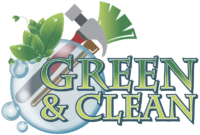Many homeowners enjoy the comfort and warmth of a gas fireplace during Ohio’s long winters. It’s clean, efficient, and easy to use compared to traditional wood-burning fireplaces. Still, one question often lingers in the minds of cautious homeowners: are gas fireplaces bad for your health? The answer depends on how the system is installed, maintained, and ventilated. When operated correctly, gas fireplaces provide safe and dependable heat. When neglected, they can introduce air quality issues that affect your comfort and well-being.
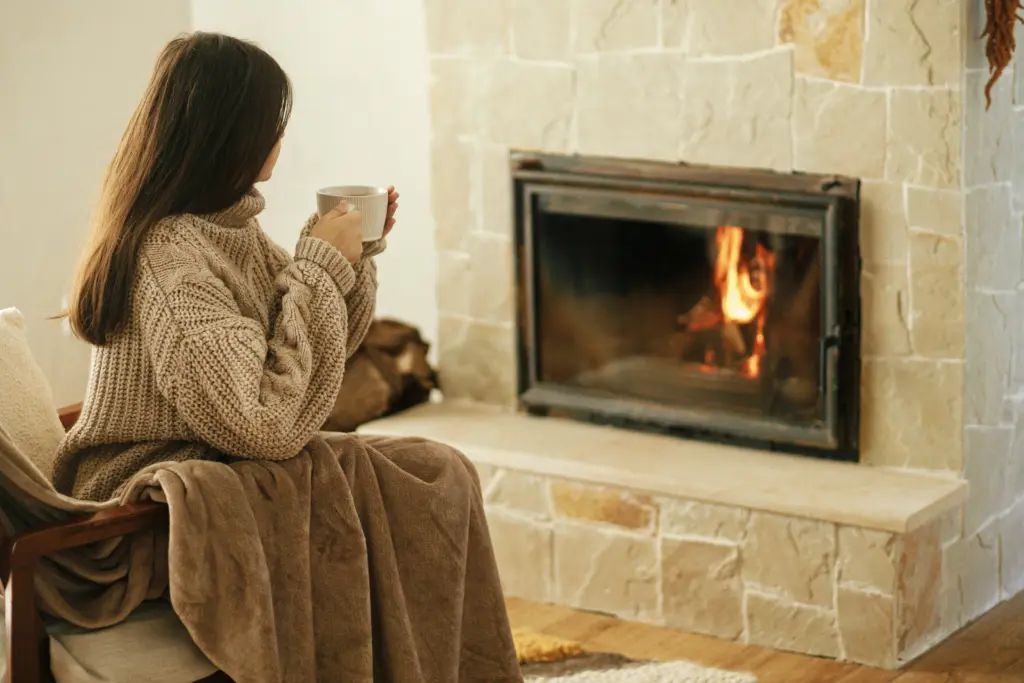
Why Homeowners Choose Gas Fireplaces
Gas fireplaces have grown in popularity because they combine convenience with modern design. With the press of a button, a room fills with soft light and radiant heat without the hassle of wood storage or ashes. Many homeowners in Lake, Cuyahoga, Geauga, Summit, and Portage Counties choose them as secondary heating sources. The systems burn natural gas or propane and release combustion gases that must be properly vented. That’s where the health conversation begins. People often ask are gas fireplaces bad for your health because the safety of these gases depends on whether the unit expels them outdoors or into the room itself.
Understanding Combustion and Venting
Every gas fireplace burns fuel to create heat and visible flame. This process releases carbon dioxide, nitrogen dioxide, water vapor, and trace levels of carbon monoxide. Proper venting ensures that these byproducts leave your home safely. Direct-vent and natural-vent fireplaces are designed to channel exhaust outdoors through a flue or pipe. When installed by certified technicians and maintained yearly, these systems operate cleanly and efficiently. Problems arise mainly with unvented or ventless fireplaces that release combustion gases indoors. Although manufacturers build them to burn cleanly, even small inefficiencies can affect indoor air quality over time.
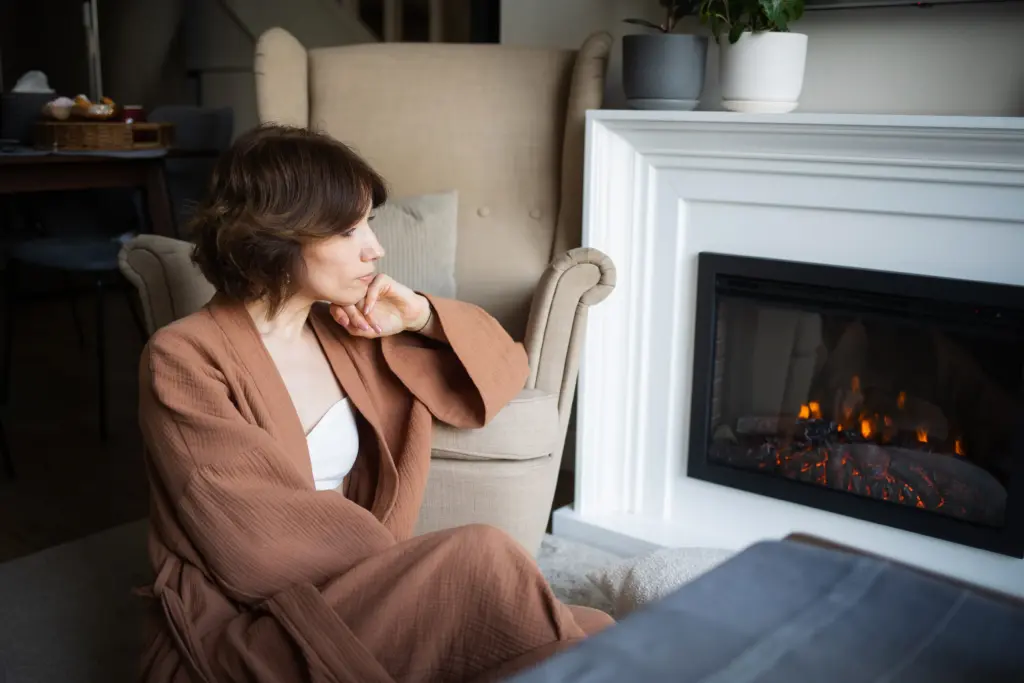
Indoor Air Quality and Health Impacts
According to the Centers for Disease Control and Prevention (CDC), exposure to combustion gases such as carbon monoxide can cause headaches, dizziness, or nausea if levels become elevated. Well-maintained, properly vented gas fireplaces do not reach harmful levels. However, poor maintenance, blocked vents, or malfunctioning burners can raise concentrations. Continuous use without ventilation also increases humidity, which may contribute to mold or mildew growth in colder climates. The question are gas fireplaces bad for your health often stems from these potential issues, all of which are preventable with professional service.
For households with respiratory sensitivities or asthma, maintaining good air circulation is particularly important. Gas fireplaces that vent outdoors are generally safe, but those that do not should never operate in small, enclosed rooms. Adequate oxygen levels are essential for clean combustion. Keeping a window slightly open during use or running a small exhaust fan in the same area can help maintain balanced air quality.
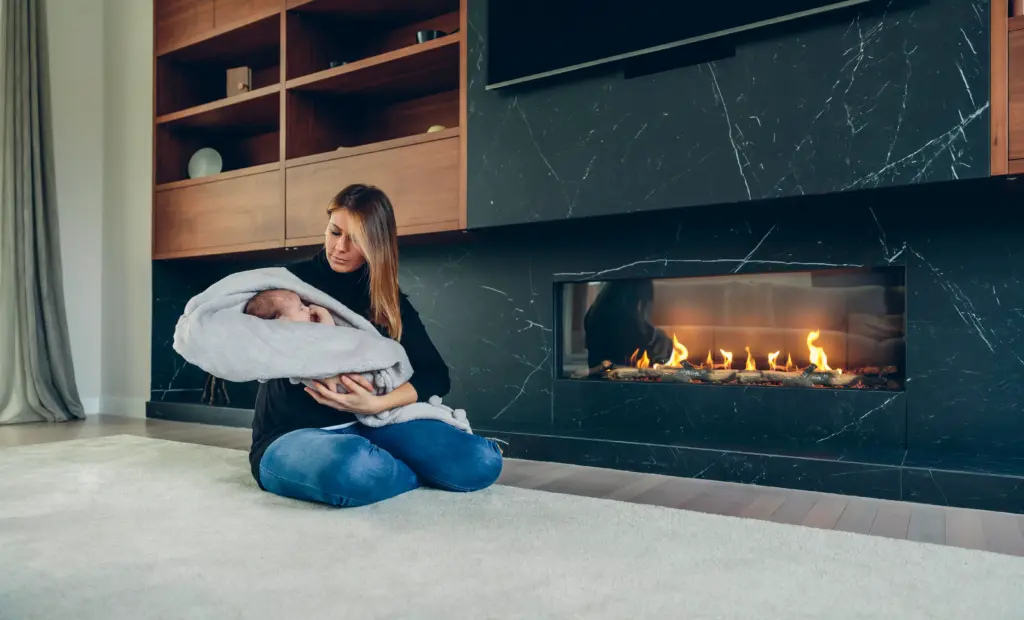
Comparing Gas Fireplaces to Other Heating Options
When compared with wood-burning fireplaces, gas models produce far fewer pollutants. They do not release smoke or fine particulate matter that irritates the lungs. From an environmental perspective, gas burns cleaner and leaves almost no residue in the flue. The efficiency advantage also means that less fuel produces more heat, lowering household energy consumption. Still, even with these benefits, the concern about indoor emissions remains valid. Homeowners should focus less on whether gas fireplaces are bad for your health and more on how to use them safely.
Routine Maintenance Makes the Difference
The easiest way to keep your gas fireplace safe is through regular inspection and cleaning. Professional technicians test for gas leaks, check pilot assemblies, and confirm that venting systems are free of blockages. They also clean burners to maintain a steady blue flame, which indicates proper combustion. A yellow or flickering flame often signals incomplete burning and requires immediate attention. Routine maintenance prevents buildup of soot or residue that can reduce airflow and efficiency. At Green & Clean Home Services, we recommend a full inspection at least once a year before the heating season begins.
During maintenance, technicians verify carbon monoxide detectors and oxygen sensors to ensure they are functioning. These safety devices offer essential protection by alerting homeowners if gas levels ever rise unexpectedly. Replacing detector batteries twice a year provides an extra layer of assurance. It’s a simple step that prevents potential health risks associated with incomplete combustion.

The Role of Ventilation in a Healthy Home
Good ventilation is critical in every household that uses fuel-burning appliances. A gas fireplace consumes oxygen during combustion, and without proper airflow, this can reduce indoor air quality. Keeping vents clear of dust, insulation, or animal nests ensures that the system expels exhaust gases effectively. Professional cleaning also prevents obstructions from forming inside vent pipes. If you use a ventless gas fireplace, extra caution is necessary. It’s wise to limit operation time and maintain open air circulation. According to Harvard Health, consistent air exchange is one of the most effective ways to preserve indoor quality and reduce exposure to low-level pollutants.
Recognizing Warning Signs of Poor Combustion
Understanding the early signs of trouble helps prevent health risks. If you ever notice soot buildup on walls, a persistent odor of gas, or condensation on nearby windows, stop using the fireplace and call a professional immediately. These are indicators that combustion gases may not be venting correctly. Some homeowners also experience frequent headaches or stuffiness after prolonged use. Those symptoms may result from low oxygen levels rather than direct gas exposure, but they still point to a ventilation problem. Annual inspections from qualified technicians eliminate uncertainty and ensure your fireplace remains a safe, efficient source of warmth.
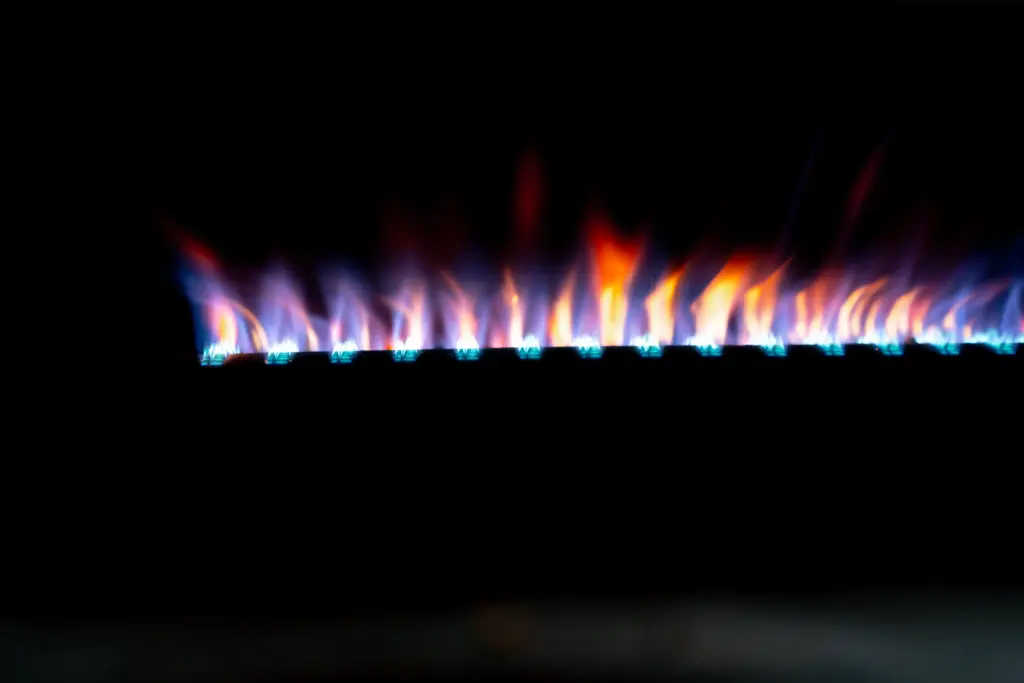
Balancing Comfort, Efficiency, and Safety
Many homeowners ask are gas fireplaces bad for your health because they associate the word “gas” with danger. In reality, modern systems are designed with multiple layers of protection. When installed by certified professionals, regularly cleaned, and monitored with detectors, gas fireplaces are among the safest heating systems available. They deliver comfort without smoke, odor, or ash. The key lies in regular attention and choosing a service provider who understands both the mechanical and environmental aspects of home heating.
Why Professional Service Matters
At Green & Clean Home Services, we specialize in fireplace systems that combine warmth, safety, and efficiency. Our technicians check every connection, ignition assembly, and vent path to make sure your fireplace operates as intended. We help homeowners identify which models fit their space, explain how to use them responsibly, and maintain them through the changing Ohio seasons. Clean combustion starts with clean equipment, and our team ensures your system meets or exceeds local safety standards.
When you trust our certified professionals, you gain peace of mind knowing your fireplace enhances your home rather than posing a risk. We provide clear explanations, photo documentation, and expert recommendations so that you can make informed decisions about maintenance and upgrades. Keeping your fireplace safe is not a one-time task—it’s an ongoing partnership between professional service and responsible use.
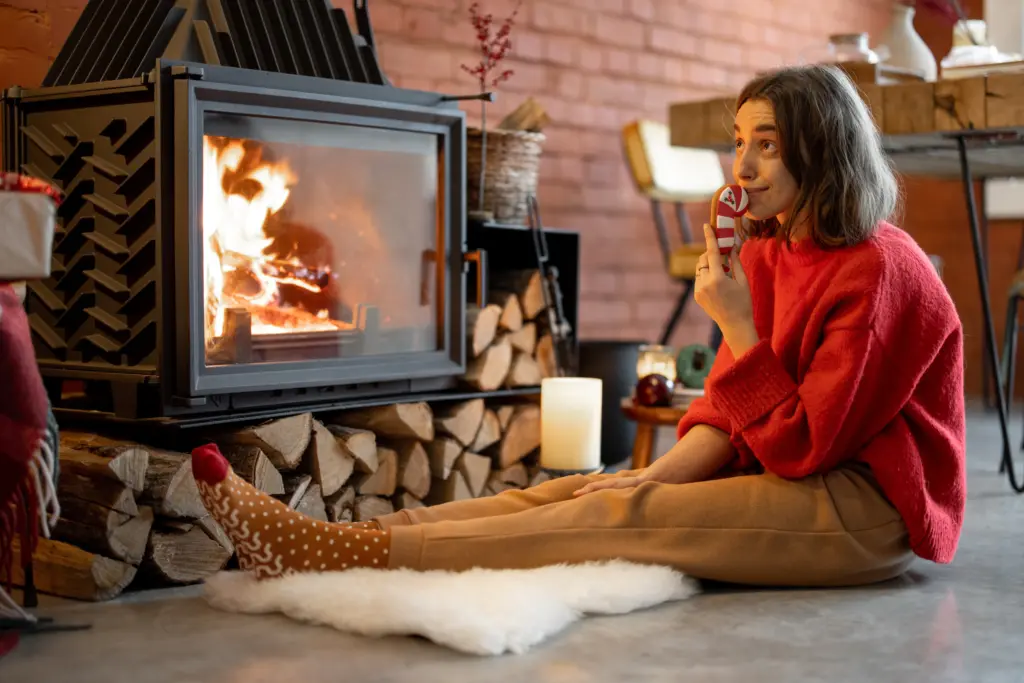
Conclusion: Safe Warmth Begins With Knowledge
The question are gas fireplaces bad for your health has a reassuring answer when handled correctly. With adequate ventilation, regular inspection, and attention to warning signs, gas fireplaces remain safe and dependable. The warmth they provide enhances comfort without compromising health when maintained with care. For anyone uncertain about the condition of their fireplace or venting system, professional evaluation is the safest first step.
To schedule a complete inspection or maintenance service, reach out to Green & Clean Home Services. Our experienced team serves the Cleveland Metro Area with trusted expertise in all aspects of fireplace safety and performance. Visit our Fireplace Services page or contact us today to keep your home warm, efficient, and safe all winter long.
